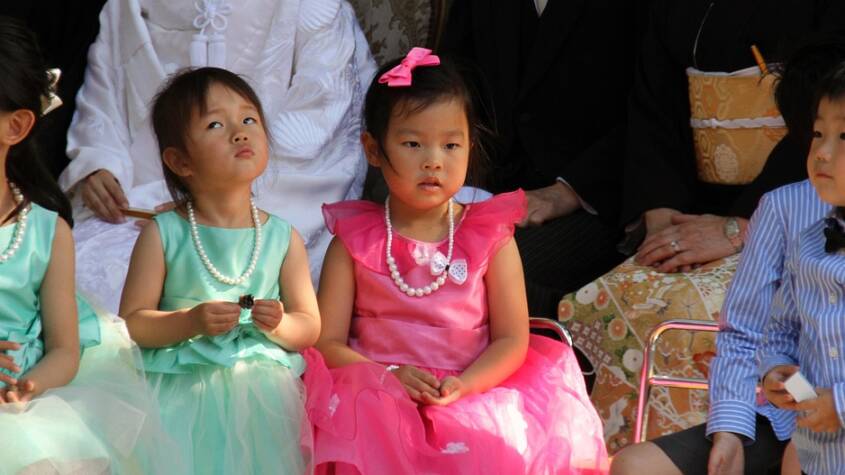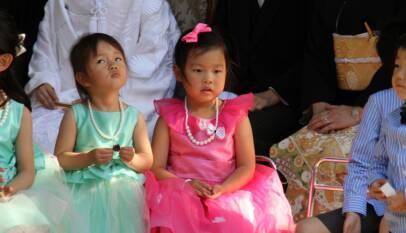
Nursery school plays an essential role in early childhood development by providing a structured environment where young children learn basic social, cognitive, and motor skills. It acts as the first formal education experience, preparing children for the transition to primary school.
It helps children build foundational abilities such as language, interaction, and problem-solving, which are critical for their future learning and growth. In addition, nursery schools offer opportunities for children to engage with peers and adults outside their family, fostering emotional and social development.
Parents often choose nursery schools to ensure their children receive early educational support in a safe and stimulating setting. Understanding what nursery school entails can help families make informed decisions about their child’s early education.
What Is Nursery School?
Nursery school introduces young children to a structured environment focused on learning and social development. It prepares them for primary education by combining play, basic academics, and social interaction.
Definition and Purpose
Nursery school is an early childhood education program for children typically aged 2 to 5 years. It provides care and introduces foundational skills such as language, motor abilities, and social interaction.
Its primary purpose is to offer a safe space where children can develop emotionally, physically, and cognitively before entering formal schooling. It supports parents by helping with early child development and socialization.
Teachers use age-appropriate activities that promote exploration, creativity, and basic learning concepts like numbers and letters. The environment is designed to encourage independence and cooperation.
Benefits of Early Childhood Education
Early childhood education in nursery school boosts language skills, problem-solving, and emotional regulation. Children learn to express themselves, follow instructions, and interact with peers.
This stage helps reduce learning gaps by preparing children for the structure and expectations of elementary school. It may also improve attention span and adaptability to new routines.
Regular attendance supports social skills such as sharing and empathy. It can foster confidence and a positive attitude toward learning that lasts into later education stages.
Types of Nursery Schools
Nursery schools vary by structure and focus. Common types include:
- Public nursery schools: Funded by the government, often free or low cost, following national curricula.
- Private nursery schools: Fee-based with more varied curricula and potentially smaller class sizes.
- Montessori nursery schools: Emphasize child-led learning with specialized materials.
- Reggio Emilia approach: Focuses on creativity and project-based learning.
Parents choose based on educational philosophy, cost, location, and child’s needs. Some offer part-time, full-day, or flexible schedules.
Choosing the Right Nursery School
Selecting a nursery school involves evaluating several practical elements that affect a child’s daily experience and development. Key areas include the environment, educational content, and the quality of the staff.
Key Factors to Consider
Location and convenience are essential for easy drop-offs and pickups. Parents should observe the school’s cleanliness, safety measures, and available facilities like outdoor play areas.
Visiting the nursery and meeting staff helps assess the atmosphere and how children are engaged. Reviews and recommendations from other parents provide useful insights into the school’s reputation.
Hours of operation and flexibility for parents’ schedules are important. Additionally, fees and any extra costs should be clear to avoid surprises.
Curriculum and Teaching Approaches
The curriculum should encourage development in social, cognitive, and motor skills. Schools often use play-based learning, structured activities, or a combination, making it important to find a match with family values.
Learning methods should stimulate curiosity and practical skills, such as language development and problem solving. The balance between guided and free play impacts children’s creativity and independence.
Look for programs that also promote emotional well-being and social interaction. Consistent routines combined with variety help children feel secure while experiencing new things.
Staff Qualifications and Ratios
Qualified staff typically hold early childhood education certifications or degrees. Experienced teachers understand developmental milestones and tailor activities accordingly.
Low child-to-teacher ratios allow for more personalized attention and better supervision. Standards often suggest ratios of 1:4 or 1:5 for toddlers, improving as children age.
Staff turnover rates matter because stable teams build trust with children. Transparent hiring policies and ongoing training ensure quality care and education.
Kids Swimming Lessons Essential Tips for Safety and Skill Development
Kids swimming lessons teach essential water safety skills and build confidence in the wate…








